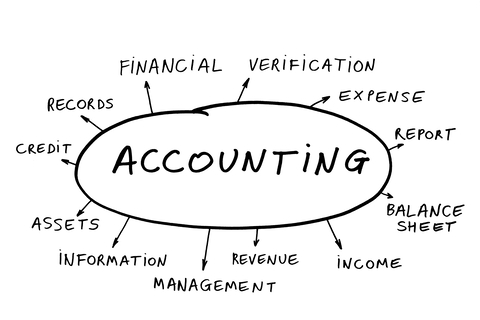 A question was raised in a client review meeting recently that reminded me that some financial terms – these two in particular – are often not as clear to non-financial managers as they should be, so this post seemed like a good opportunity to provide some clarity.
A question was raised in a client review meeting recently that reminded me that some financial terms – these two in particular – are often not as clear to non-financial managers as they should be, so this post seemed like a good opportunity to provide some clarity.
Gross Profit? Contribution Profit? What’s the difference? Why and when to report one or the other, or both? For better or worse, that’s the goal of this post.
First, the definitions in non-accounting speak…
Gross Profit – the amount of money remaining during a reporting period that is the sum of all the recognized revenue earned during the period (whether paid by the customer or to be paid later), less all the costs of actually producing and delivering to the customer everything they bought that was reported as revenue – normally referred to as Cost of Goods Sold. That includes materials that went into the product, the labor to make it, production overhead costs – fixed and variable, and delivery and installation costs, whether actually disbursed during the period or accrued for disbursement in a later period. The electricity to run the plant and the janitor who sweeps the factory floor are both part of production overhead (generally considered fixed costs) because the plant wouldn’t run if it weren’t electrified and swept up regularly. This metric is most useful when it is presented as a percent of revenues (“Gross Profit Margin”), either in total or for an individual sale.
Contribution Profit – the amount of money that goes to the company’s bottom line as a result of a sale, less all related variable costs – that is, all costs incurred specifically because that sale occurred, but not including the company’s fixed costs (such as that electric bill). This is a different approach to profit management because it omits from the calculation all the fixed costs of running the business, costs that must be paid for before the business earns a profit. Another way of looking at this is the business makes a sale, incurs the variable costs of capturing and consummating that sale, and then must have enough left over to pay the company’s fixed costs before it actually earns a profit. That makes this metric often the foundation of breakeven analysis. This calculation when reduced to a percent of sales (“Contribution Profit Margin” or just “Contribution Margin”) and applied an individual product or product line or customer is very useful in determining the benefit of launching a new product or service, the sales commission that the company should pay for selling it, and whether or not to continue to sell an existing product or service or keep selling to a demanding customer.
So when should you use one vs. the other?
Where variable costs are high – think of a restaurant with part-time, as needed labor – the value of tracking Contribution Margin and working to improve it is high. If you can lower the labor content while still bringing in the customers, your profit goes up. Contribution Margin is an easy way to measure and monitor that relationship.
By contrast, when fixed costs are high – think of a private school that must have a teacher for every class regardless of how many students actually enroll in that class, variable costs are much lower by comparison and the school must cover its fixed costs to stay in business. That will drive its need to cover all its costs, fixed and variable, in order to stay solvent. Its best bet: raising revenue, i.e. enrollment.
How about your business? In the middle? Should you report and track gross profit, contribution profit or both? Not sure? Maybe you should ask. Us.
We are Your CFO for Rent.
© 2024 CFO For Rent - Western Management Associates. All rights reserved. Website by Avodah Web Solutions.